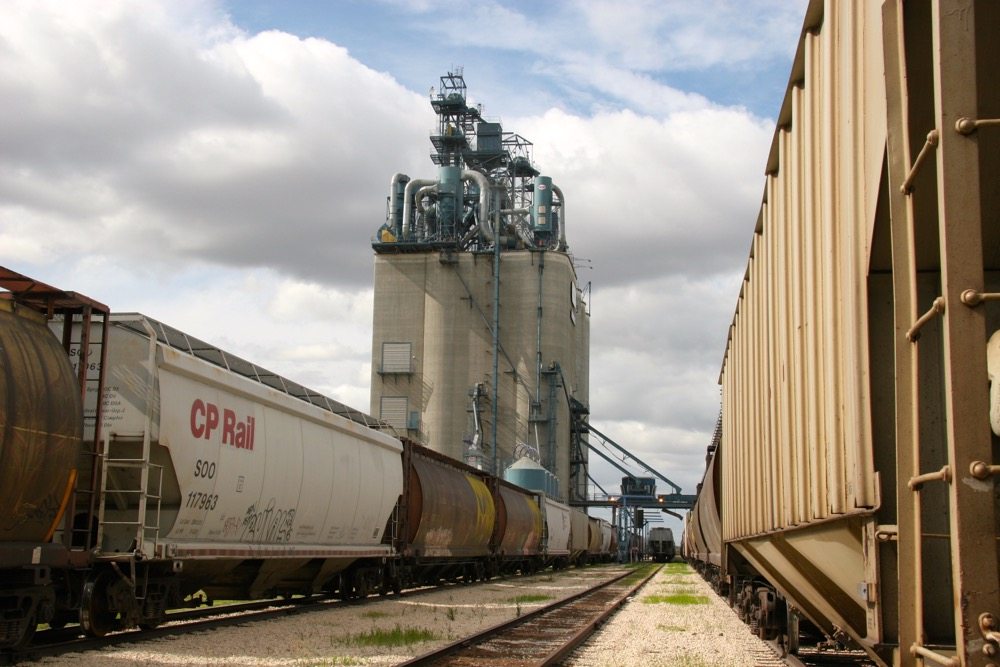The Inglis Grain Elevator Row is Canada s best surviving collection of early 20th century grain storage and shipping facilities competitively aligned side by side at a rural railway loading point.
This site is especially valued for the largely unaltered layout of its various components and for the intact architectural and mechanical features of its five primary elevators.
A distinctive and once-common building in many Prairie communities, the country elevator, with its sharp vertical profile, sturdy wood-cribbed construction and specialized grain-handling equipment came to symbolize the rapid settlement and expansion of agricultural production in Western Canada in the early 1900s.
Read Also

Manitoba cattle prices, Nov. 17
The Inglis elevators are excellent examples of standard designs which were used in communities across the Canadian Prairies, and whose distinctive form dominated the Prairie skyline for over a century.
The five Inglis elevators also represent the full range of ownership interests involved in the Canadian grain elevator network: producer co-operatives (United Grain Growers Ltd.), family enterprises (N. M. Paterson and Co.) and Canadian-and American-backed corporations (latterly known as the Reliance Grain Co. Ltd. and National Grain Co.).
Resisting the threat of closure and forces of consolidation that eliminated hundreds of traditional Prairie elevators and railway branch lines since the 1960s, the Inglis site, which served a prime grain-growing region, remained an active shipping point used by Paterson and United Grain Growers until 1995.
A history and inventory of Manitoba grain elevators undertaken by the provincial Historic Resources Branch in 1992 identified the special qualities that the Inglis elevator row possessed and, after much negotiation and planning and community involvement, the entire row was designated a Provincial Historic Site and then a National Historic Site, in 1996 and 1999 respectively.
The newly established Inglis Area Heritage Committee then undertook the seemingly impossible challenge of raising almost $2.5 million to restore the 14 different structures which currently make up the Inglis Elevator Row.
After more than 10 years of fundraising and structural rehabilitation involving federal, provincial, regional, local, corporate, foundation and private contributors, the Inglis Elevator Row was officially opened to the public on June 4, 2008. Additional information can be obtained online at: www.ingliselevators.com; www.gov.mb.ca/chc/hrb/prov; or www.historicplaces.ca.














